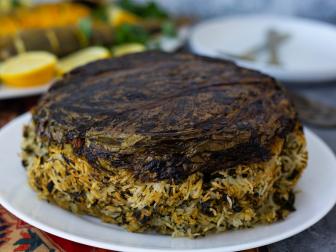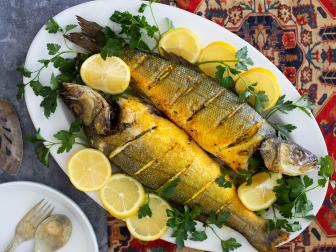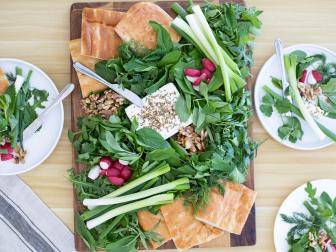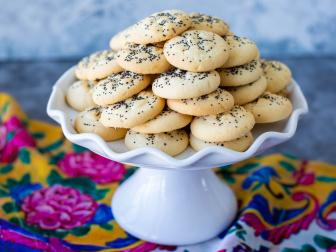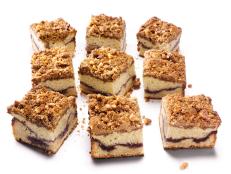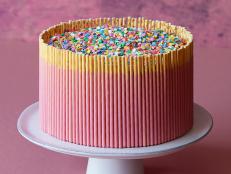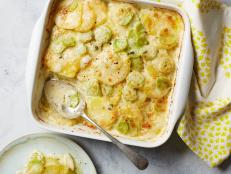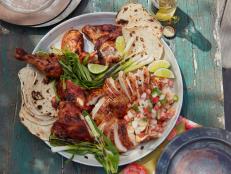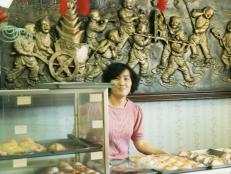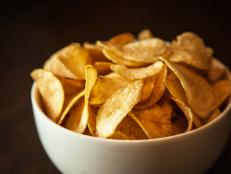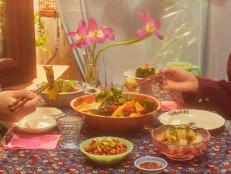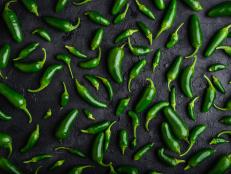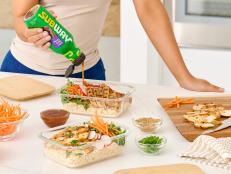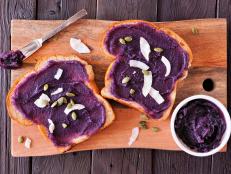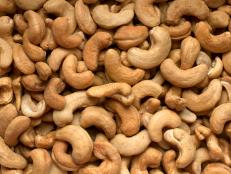Nowruz Traditions Make the Start of Spring Extra Special
Celebrating the Persian New Year means welcoming the season of rebirth with festive food and symbols of abundance. Here’s how my family celebrates.

Zahra Siadat
Nowruz means "new day" in Farsi. It marks the first day of spring in the Northern Hemisphere, falling each year between March 19th and 21st. Nowruz is often referred to as Persian New Year as it marks the beginning of the Persian calendar. Nowruz’s origin is Iranian and Zoroastrian, and it has been celebrated for over 3000 years in many countries in Central and Western Asia, the Balkans and South Asia. From Iran to Azerbaijan, Tajikistan and Kazakhstan, this day is celebrated by millions. Each country and family has its own traditions and special food for the Nowruz season, including my own.
Growing up in Iran, my family’s preparation for Nowruz would start with a deep spring cleaning. Also known as khaneh-tekani, this ritual includes washing the carpets, reorganizing the cabinets and pantry, washing the curtains and decluttering. We’d all participate: my father would clean the carpets and curtains while my mom would clean the kitchen, and my brother and I would do lighter chores. My favorite was refilling the spices. The smell of saffron, cardamom and cinnamon always takes me back to those days. We would go through our pantry and closets, getting rid of things we no longer needed and donated clothes to the less fortunate.
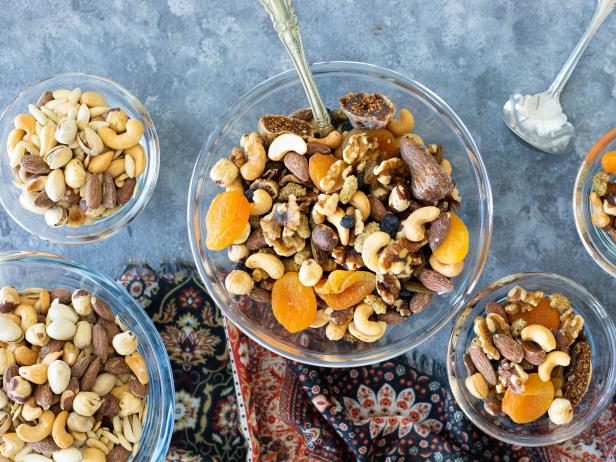
Zahra Siadat
On the evening of the last Tuesday of the year (called Chaharshanbe Soori), we would set up small bonfires with our friends and relatives and jump over them. It’s Iraninan lore that the flames take away bad energy. At night, we would gather and eat ajil, essentially a Persian trail mix — I like to have a salty and a sweet version.
Then came the food, probably my favorite part of preparing for Nowruz. Iranians buy ajil, shirini (sweets) such as these rice cookies and fruit for the holiday. We’d make most of the cookies at home and share with our relatives and friends. There was one year when my mom and I decided to start a small side business and sell Nowruz cookies. That year we sold over 120 pounds of sweets!

Zahra Siadat
On the day before Nowruz, we always ate sabzi polo (Persian herb rice) with fish, a very common tradition. Many families have their own beloved recipes that they’ve cherished for generations.
One of my most cherished memories is setting up the Haft Seen spread with my family. Haft seen, meaning "seven s’s," is a set of items that start with "s" in Farsi. Iranians place them as a spread on a table to celebrate Nowruz and welcome spring. These items are:

Zahra Siadat
- Seer (garlic): A symbol of medicine
- Seeb (apple): For health and fertility
- Sabzeh (sprouted wheat or lentils): A symbol of greenery and rebirth
- Serkeh (vinegar): To show aging and wisdom
- Senjed (dried fruit of a lotus tree): A symbol of love
- Somagh (sumac): Symbolizes the color of sunrise
- Samanoo (sweet wheat pudding): Symbolizes affluence
In addition to these items, a mirror is usually added to the table to represent light and abundance. It’s also common to have painted eggs, coins, spring flowers such as hyacinth, and sweets. Depending on the household, sometimes a religious book or an ancient poem book is placed on the table as well.
During Nowruz festivities, people visit their loved ones and spend plenty of time with them. This is such a wonderful time for everyone. Older people usually give gifts or cash called eidi to children they know. My brother and I would count our eidi after the two weeks of festivities and plan out how to spend the cash we got from our older relatives.
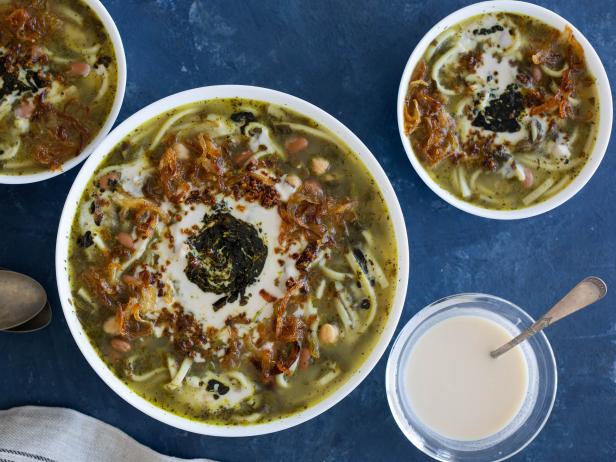
Zahra Siadat
On the 13th day of the new year, Iranians go on a picnic called sizdeh be dar. They spend all day outside with their families and friends, usually making dishes such as ash reshteh or grilled chicken. There were always at least 15 of us getting together for sizdeh be dar. We would snack, play games and have a great time together. And since it was the last day of Nowruz festivities, we would also get ready to go back to school and pack our school bags.
The spirit of Nowruz is all about spending these days with our loved ones, cooking delicious meals, and sharing the joy of yet another spring with people that we love and cherish. While I miss those days back in Iran, cooking traditional Nowruz recipes allows me to relive the memories associated with this special holiday and celebrate the miracle of rebirth each spring.



























